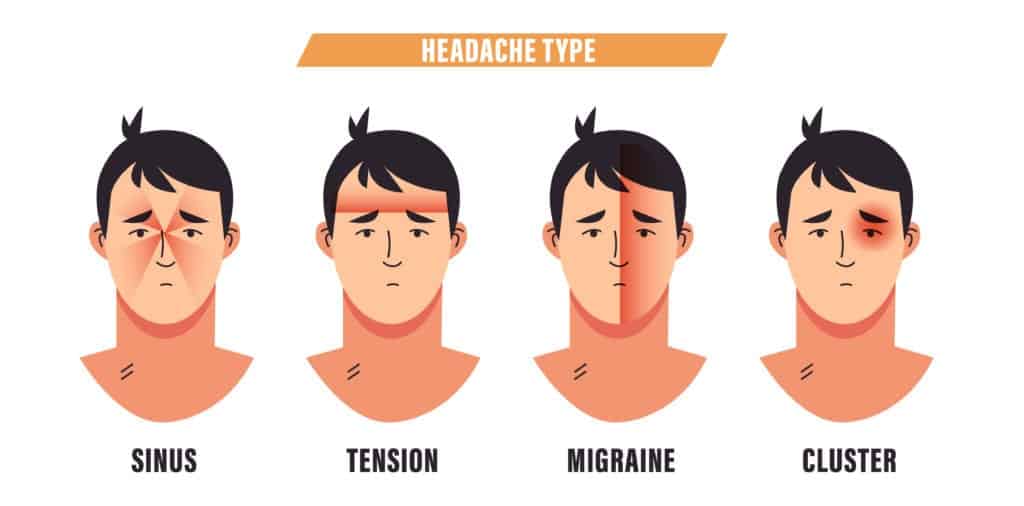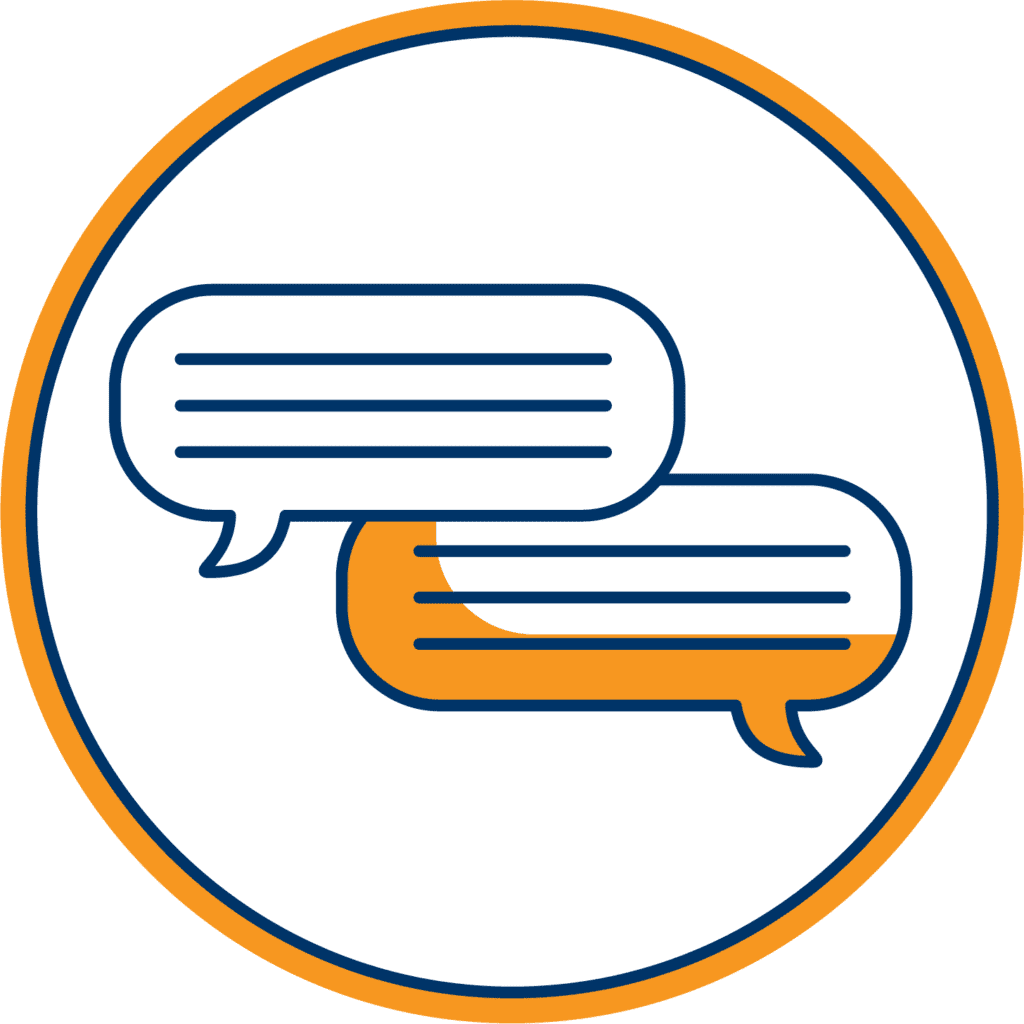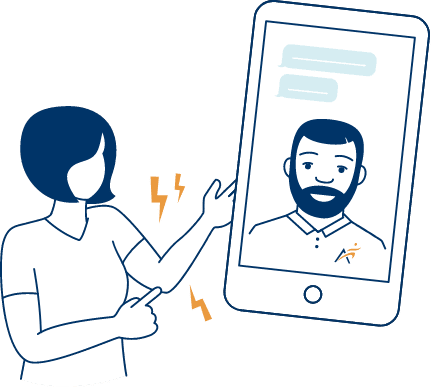- About
Who We Are
Partner With Airrosti
Testimonials
- Locations
Nationwide Care
Our virtual care option, Airrosti Remote Recovery is available nationwide.
Find A Location Nearest You
- Injuries We Treat
- No Cost Assessments
- Virtual Care
- Careers
Our virtual care option, Airrosti Remote Recovery is available nationwide.
(21,000+ reviews on Google across 150+ locations)
Tension headaches can be caused by poor posture and muscle imbalances. Airrosti’s Dr. John Cybulski discusses these causes, as well as how traditional healthcare and Airrosti differ in their treatment methods. At Airrosti, we focus on treating tension headaches at their root cause for fast, lasting relief.
Headaches are one of the most common causes of pain in the world that affect people from all walks of life. While light headaches are often just minor nuisances, they can sometimes develop into a severe or chronic condition that will leave you stressed and unable to focus. Knowing what type of headache you’re suffering from is the first step in finding an effective way to ease the pain.
Even though all these conditions affect the head, their causes and symptoms vary slightly and may require different treatment methods. If the head pain you’re suffering from feels like a tight band wrapped around the scalp, creating pain around the entire head and traveling down the neck, you could be suffering from a tension-type headache.

Chronic head pain can be debilitating and disruptive forces in our daily lives. From reduced focus and increased sensitivity, to missed work and social events, the harmful effects of chronic headaches can seem inescapable. Sometimes it can be a sign of a more serious condition.
Fortunately, most head pains are benign and treatable, such as the extremely common tension headache. More severe cases of tension headaches, also called stress headaches, are commonly mistaken for sinus headaches or migraines.

Tension headaches occur when muscles in the scalp, neck, and shoulders contract, tightening and pulling against the skull. There are several common risk factors that could influence the severity and frequency of tension headaches.
Common triggers include:
Tension headaches typically get divided into two main categories — episodic and chronic. Tension headaches typically last from 30 minutes to a week, while chronic headaches can appear 15 times a month or more and last up to several months.
Other signs of tension-type headaches include:

There are several conservative methods of treatment you can try at home before consulting with a doctor. If it’s a mild, infrequent pain, you might find relief by rubbing your temples or massaging your scalp. Tension-type headaches typically appear during periods of stress, so stress management can also help reduce their duration and frequency.
Other helpful remedies include taking a hot bath to relax your muscles and destress, or using a hot/cold compress to reduce pain. Unfortunately for chronic or severe pain, these approaches may only fix the pain temporarily.
Other familiar treatments include over-the-counter medications, muscle relaxants, and behavior therapies to reduce stress. Your doctor may request a CT scan to rule out any serious conditions. They may also recommend taking supplements like Magnesium and Vitamin B-12 to help combat chemical imbalances that may be contributing to your condition.

Practicing proper posture can help curb the frequency of tension headaches by reducing the amount of stress placed on your neck and shoulder muscles, thus keeping these muscles from pulling on your scalp. Pain from tension headaches can also be reduced with exercises and stretches that target the muscles in the head, neck, and shoulder area.
These exercises are considered supplemental and should not be used to replace your regular physical therapy or workout routine. Some helpful exercises include:
CHIN TUCKS
SEATED LEVATOR SCAPULA STRETCH
Unlike treatments that only focus on the symptoms, Airrosti providers aim to treat pain at its source. Our providers will conduct a thorough evaluation to target and address the cause of your pain with hands-on manual therapy, combined with an exercise plan to strengthen your body and reduce pain. Airrosti treatment can effectively resolve most cases in an average of three visits, based on patient-reported outcomes, while reducing recovery time and keeping you active.
If an injury or pain is taking the reins of your life, schedule an appointment with Airrosti, and get back to doing the things you love most, pain free.
Reviewed by Casey Crisp, Doctor of Chiropractic
Disclaimer: Always consult with your doctor before starting any exercise program. If you experience any numbness, tingling or reproduction of your symptoms, please contact your doctor.

